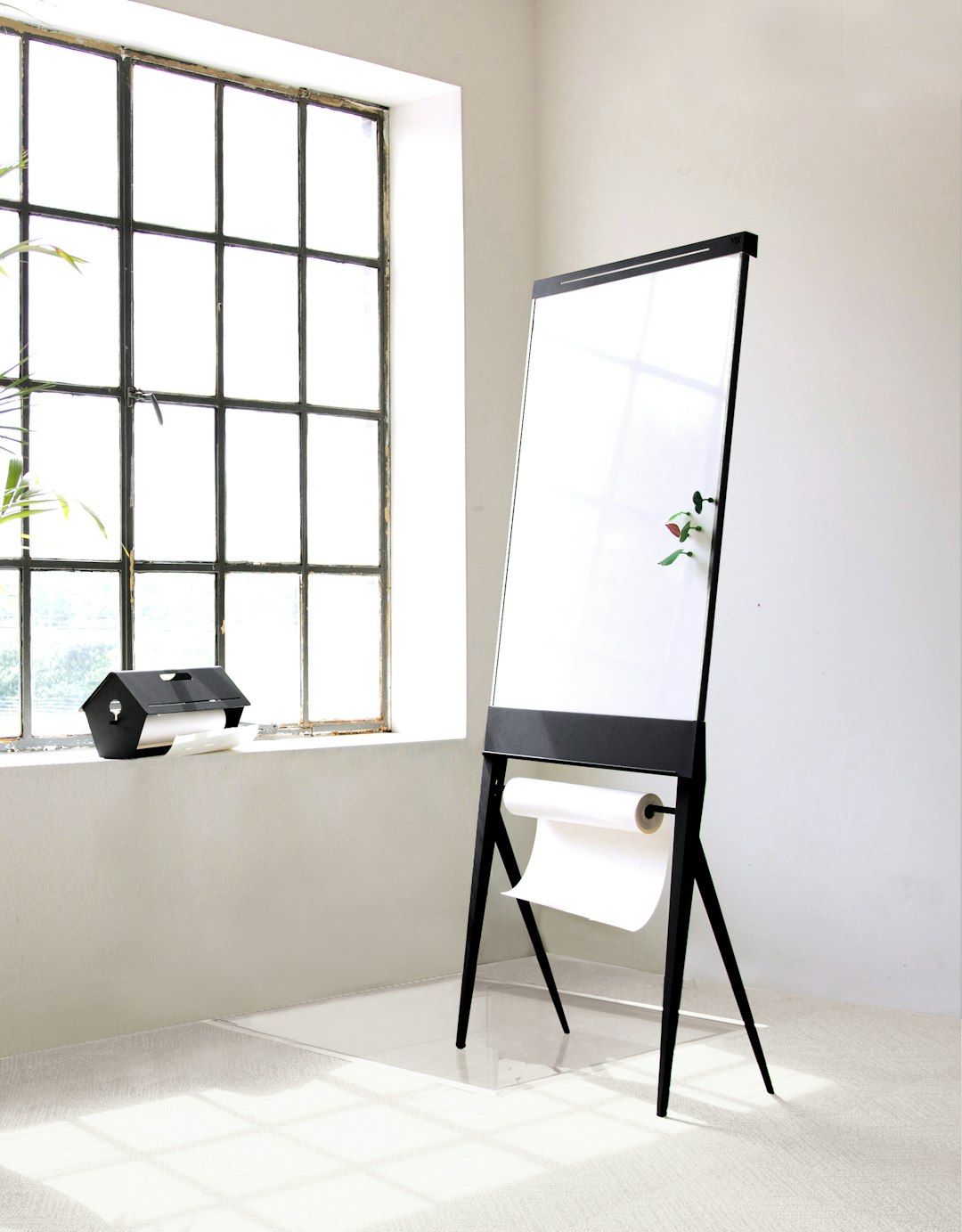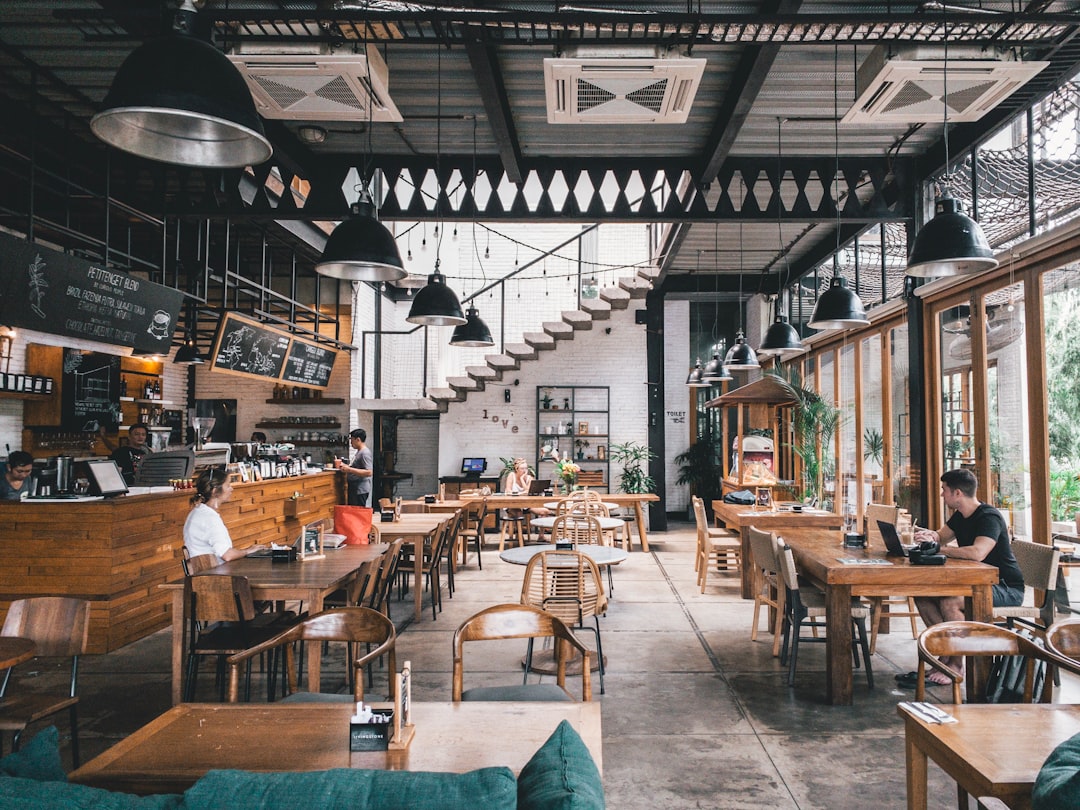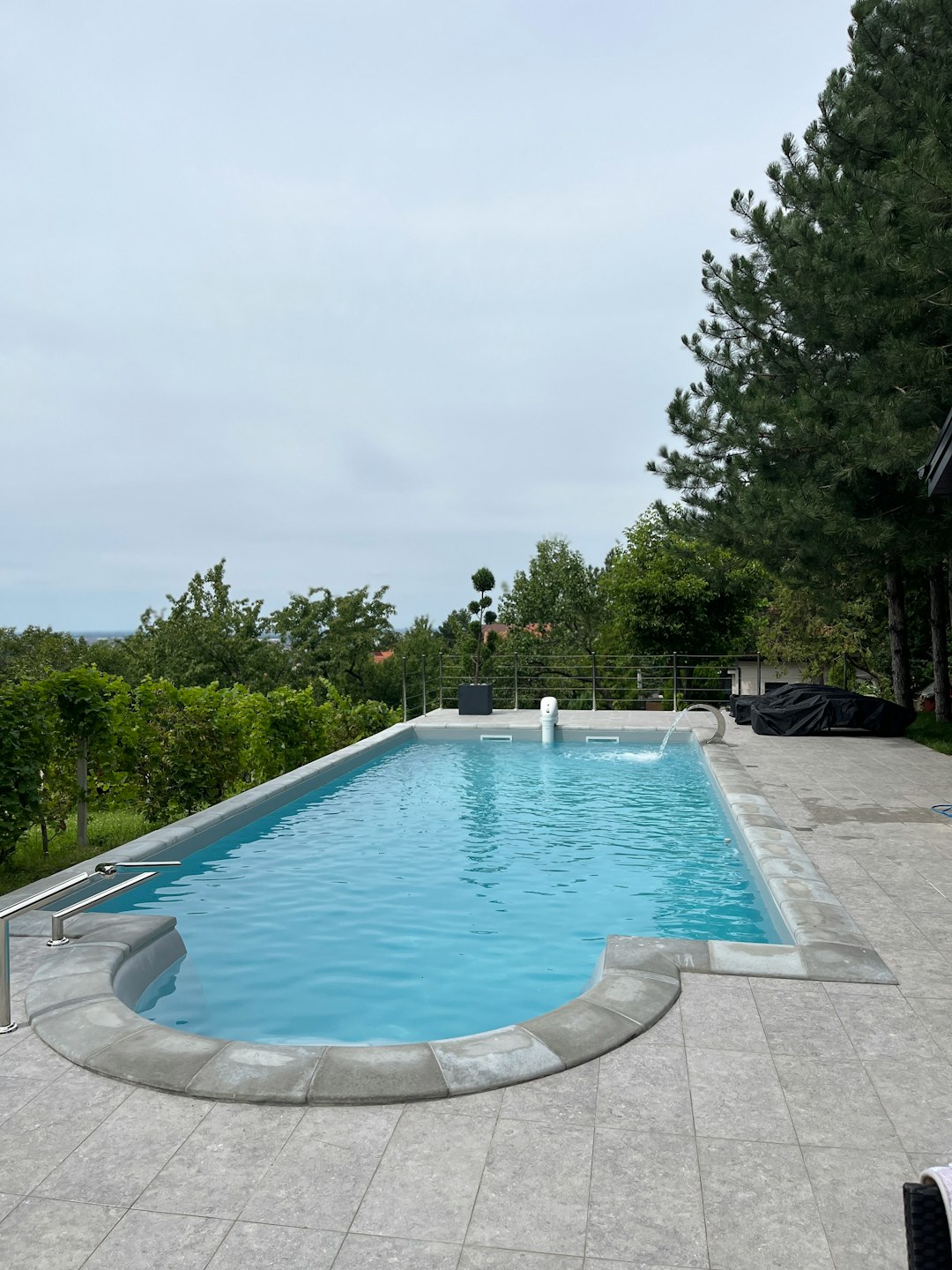Water membranes have become a key component in modern construction and surface protection, offering a reliable method to prevent moisture damage. These membranes are typically applied as liquid coatings that dry to form a seamless, waterproof layer, effectively shielding surfaces from water infiltration. Their versatility makes them ideal for a wide range of environments, from rooftops and balconies to bathrooms and basements.
The most common types of water membranes are either sheet-based or liquid-applied. Liquid membranes are particularly popular due to their ease of application and ability to conform to irregular shapes and surfaces. Once cured, they provide a continuous barrier that resists cracking and peeling, even under temperature fluctuations. This makes them suitable for both indoor and outdoor use, especially in areas exposed to heavy rainfall or standing water.
One of the key advantages of using a water membrane is its long-term durability. When properly applied, these membranes can last for many years without the need for frequent maintenance. They also improve the structural integrity of buildings by protecting them from the damaging effects of water seepage, mold growth, and corrosion. Many formulations are also resistant to chemicals and UV radiation, adding to their resilience.
The installation process for liquid water membranes typically involves surface preparation to ensure adhesion. This may include cleaning, drying, and priming the area before application. Once the membrane is applied, it needs time to cure and form an impermeable barrier. The result is a smooth, uniform layer that requires no seams or overlaps, reducing the risk of leaks over time.
In addition to traditional construction uses, water membranes are increasingly being adopted in green building practices. Their ability to reduce water damage contributes to a building’s sustainability by minimizing repair needs and extending the life cycle of materials. Some products are also low in volatile organic compounds (VOCs), making them environmentally friendly and safe for indoor use.
For those looking to enhance both functionality and aesthetics, water membranes can be integrated into decorative finishes as well. They can serve as a base layer beneath coatings that replicate stone, tile, or other natural materials, providing both beauty and protection in one system. This makes them a smart choice for residential and commercial spaces alike.
To explore more about innovative surface protection solutions, including coatings and sealers that work in combination with water membranes, visit this surface protection resource. Understanding how these components work together can help you make informed decisions when planning a waterproofing project.
Whether you’re a homeowner dealing with a leaky basement or a contractor working on a commercial build, water membranes offer a practical and effective solution. Their adaptability, durability, and performance make them an essential part of modern building and renovation techniques.









